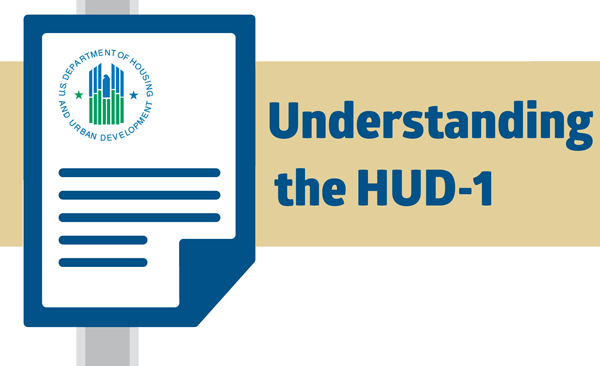Getting pre-approved for a mortgage involves having a lender evaluate your financial data to determine whether you qualify for a loan, as well as the maximum amount. This is done by having a loan officer review your income, savings, credit report and debt-to-income ratio. Getting pre-approved can provide mortgage borrowers with numerous benefits and make the homebuying process easier.

Benefits of pre-approval
Being provided with a maximum amount of money you will be able to borrow can help you narrow down your choices when searching for a property. Additionally, since a pre-approval letter acts as a commitment from a mortgage lender, home sellers may be more likely to enter into a deal with you. Knowing that an interested buyer has proof of their ability to pay for a home may put sellers at ease and help you differentiate yourself from other interested parties, getting you closer to the home closing process.
Obtaining a pre-approval letter
In order to receive a pre-approval letter, borrowers must first fill out a mortgage application with a lender. Next, borrowers will be asked to supply documentation of their finances, which may include:
- Paystubs for the past three months
- W2s for the past two years
- Tax returns for the past two years
- Checking and savings account bank statements for the past three months
- Documentation of other financial assets (investments, retirement accounts, etc.)
- Paperwork concerning outstanding debts (credit cards, auto loans, etc.)
Lenders will also request a copy of your credit report in order to analyze your past financial history.
The preapproval process can vary from lender to lender, taking anywhere from a couple days to a couple of weeks. However, having the proper paperwork ready in advance can help speed up the process.
Additionally, while a pre-approval acts as a commitment from a lender for a specific loan product, it is not the same as final approval. The final loan and its amount is dependent on the property chosen and can be changed due to factors such as discrepancy between asking price and appraised value or the difficulty of reselling it.
Also, homebuyers should keep in mind that pre-approval letters have limited shelf lives. Different lenders will determine different lengths of time for a pre-approval letter to be valid, ranging from 45 days to 90 days. While it is possible to obtain a new pre-approval letter from the same lender, market conditions could lead to things like the maximum amount or interest rate being changed.



